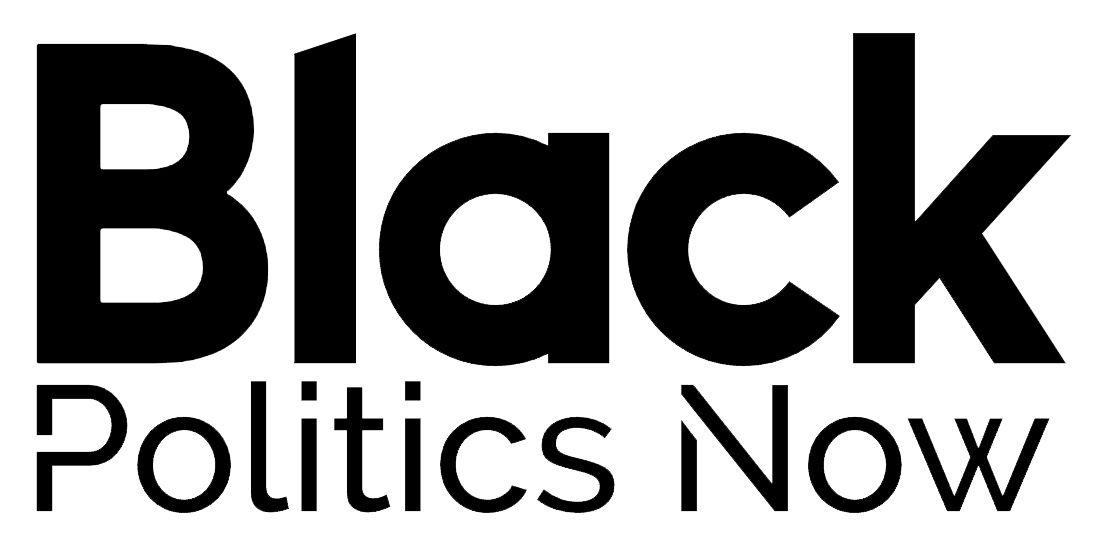Feb 19, 2025 Story by: Publisher
As the nation observes a tumultuous Black History Month, the economic conditions of Black Americans have significantly improved over the past few decades. However, they still fall far short of achieving economic equality.
Why It Matters
Economic hardships can shape individuals, families, and entire communities for generations. Breaking these cycles is crucial for broader financial stability and growth.
Key Economic Indicators
The following statistics highlight both the progress and challenges faced by the Black community in financial terms.
Notably, accessing some of this data is becoming increasingly difficult due to the Trump administration’s efforts to remove federal datasets addressing racial issues. Some statistics below focus solely on the Black community, while others compare different racial and ethnic groups to underscore significant disparities.
The Unemployment Gap

The gap between Black and general unemployment rates has narrowed compared to previous decades.
However, disparities in employment persist across different states and regions. While the gap is relatively small in states like Delaware and Maryland, systemic racial barriers continue to restrict opportunities in places such as Kentucky.
The Wealth Gap

Data: Federal Reserve Board
Black Americans hold only a small fraction of the nation’s total wealth.
Why It Matters: Although non-Hispanic whites make up about 62% of the U.S. population, they control 84% of the country’s wealth, according to the Federal Reserve.
Meanwhile, Black Americans—who constitute over 12% of the population—own just 3.4% of the nation’s wealth. This marks a decline from 4.7% in 2017.
Follow the Money: As of the third quarter of 2024, Black Americans held $313 billion in stocks and mutual funds—an increase of just 3.4% over seven years.
By contrast, white Americans’ stock-market wealth surged by 91% during the same period, reaching $41 trillion.
The Bottom Line: While Black Americans now possess more wealth in absolute terms—approximately $5.4 trillion—their overall share remains minuscule and continues to shrink.
Business Ownership
The proportion of Black-owned businesses in the U.S. has steadily increased in recent years, although it remains lower than the share of businesses owned by white or Hispanic entrepreneurs.
By the Numbers:
- In 2022, Black-owned businesses accounted for 3.31% of all U.S. businesses, according to the U.S. Census Bureau’s Annual Business Survey.
- This represents a significant rise from 2.16% just five years earlier.
- Over that period, Black-owned businesses grew by 57%, compared to a modest 2% increase in overall business growth.
Workforce Representation
Black workers are underrepresented in the private sector but fare better in government employment.
However, this also means that efforts by the Trump administration to reduce the federal workforce could disproportionately impact Black employees.
Banking Access
Black households remain the most unbanked racial or ethnic group, according to FDIC data.
The Big Picture: While banking access has improved over time, a significant percentage of Black households still lack traditional bank accounts.
However, the FDIC’s definition of being “banked” is conservative—it requires a household member to have a checking or savings account at a federally insured institution. Many people use alternative financial services, such as Cash App, which offer similar features but often come with fees and limitations.
Educational Attainment
The percentage of Bachelor’s degrees awarded to Black students has remained stable, even as other racial groups have experienced substantial growth.
By the Numbers:
- In the 2021-2022 academic year, 10.4% of Bachelor’s degrees were awarded to Black students, down from 10.8% in 2012-2013.
- Meanwhile, the share of degrees awarded to Asian students rose from 7% to 8.9%, and for Hispanic students, it climbed from 10.5% to 17%.
- The proportion awarded to white students declined significantly, but Black students did not benefit from the redistribution.
Homeownership
A vast homeownership gap persists between Black and white households, with no significant signs of improvement.
Why It Matters: Homeownership is one of the primary ways Americans accumulate and transfer wealth across generations.
Household Income
Although median household income for Black families has steadily increased over the past two decades, it still lags far behind that of white families.
By the Numbers: The median Black household income in 2023 remains lower than the median white household income from 2014.
Maternal Mortality

Graph source: National Center for Health Statistics, National Vital Statistics System, mortality data file
Maternal mortality rates among Black women are significantly higher than those of other racial groups—and they are continuing to rise, even as rates for other groups decline.
The Big Picture: The long-term consequences of maternal deaths extend beyond immediate financial burdens such as funeral costs and travel expenses. These losses have a devastating impact on families and their ability to thrive.
Medical Debt
Black adults are disproportionately burdened by medical debt, with roughly one in eight carrying such financial obligations, according to Census data.
The Big Picture: Medical debt plays a role in nearly 60% of consumer bankruptcies and accounts for about half of all debt collections, putting Black households at significantly higher financial risk.
Source: Axios

















